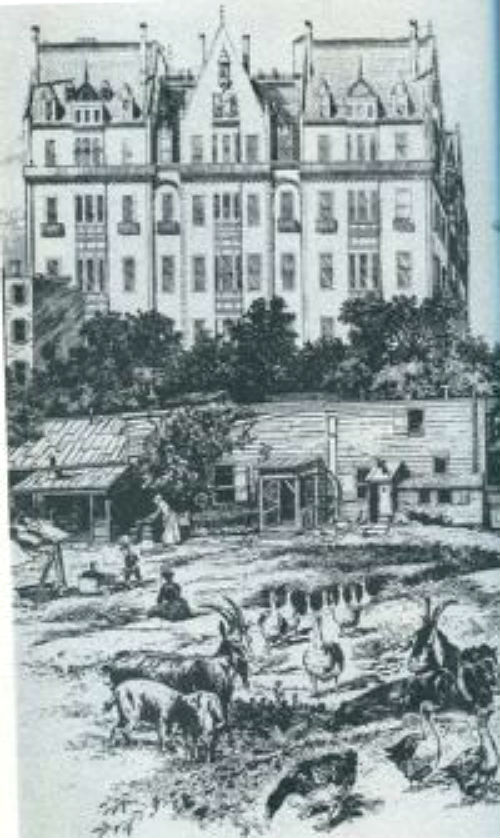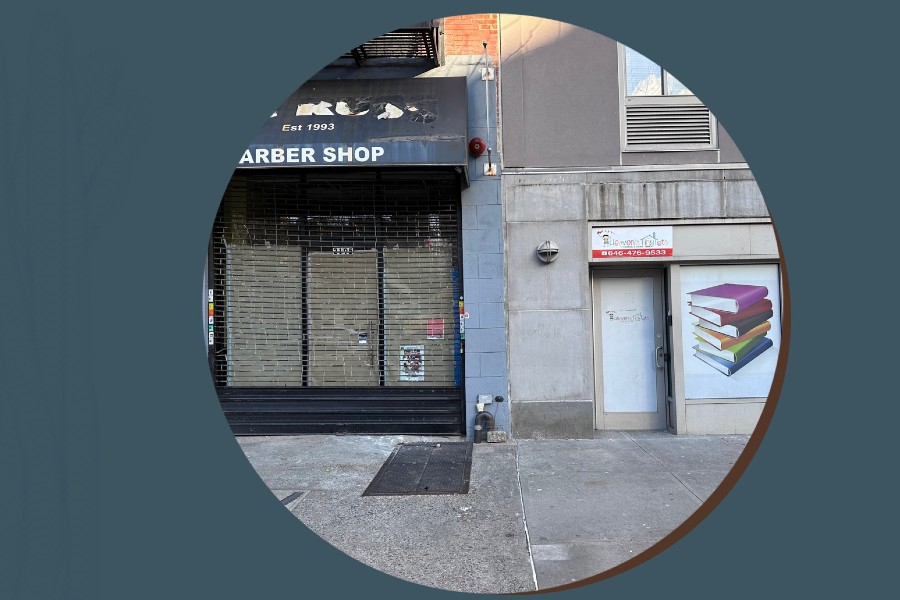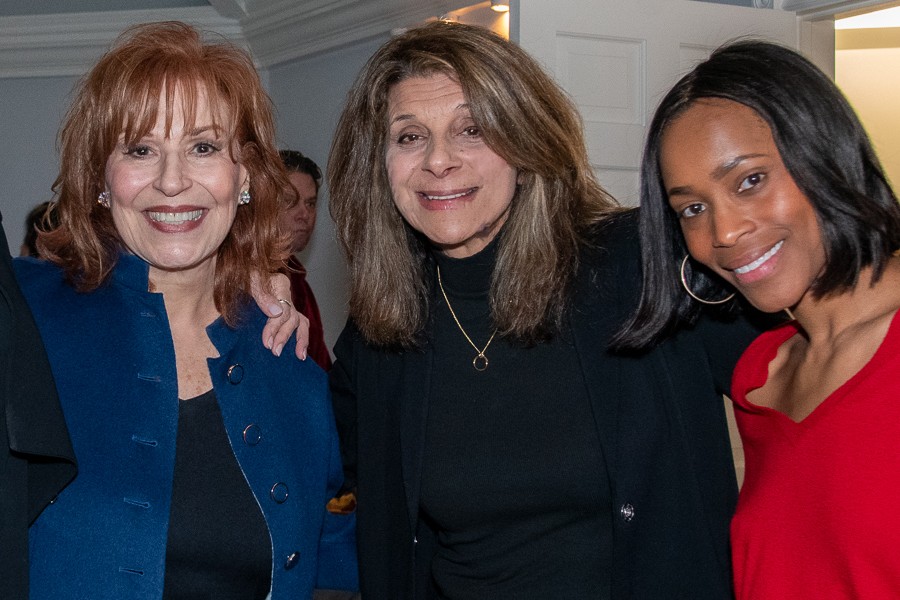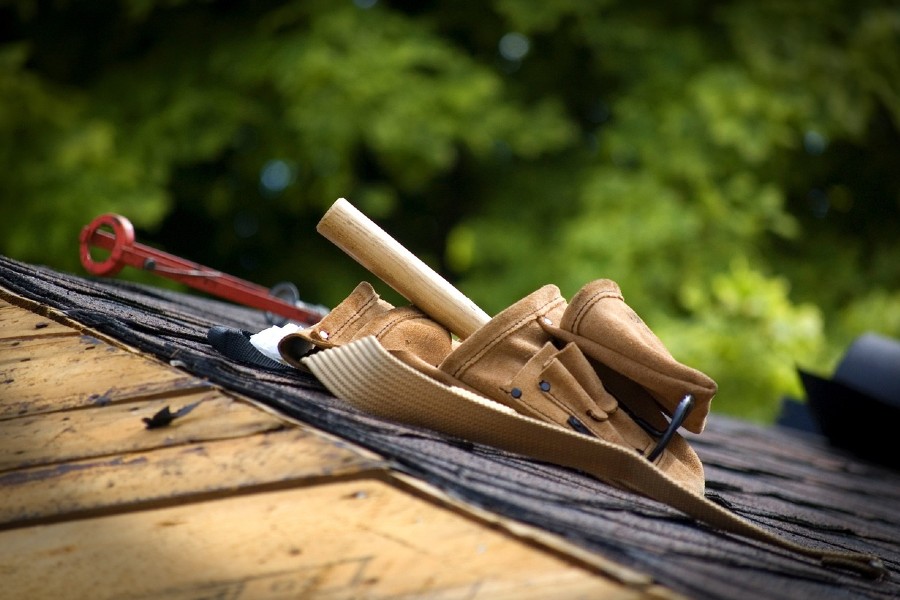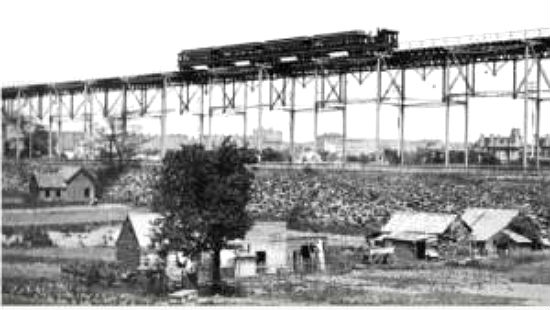 During the 1800s, the Upper West Side of Manhattan from about 59th Street to Harlem was known as Goat Town / Goatville (the photo above is from 1894).
During the 1800s, the Upper West Side of Manhattan from about 59th Street to Harlem was known as Goat Town / Goatville (the photo above is from 1894).
Before the extension of the Eighth Avenue elevated railroad (above) prompted new housing construction Central Park, there was an estimated 15,000 goats in Goat Town / Goatville.
The Sheep Meadow in Central Park was where they were housed, along with their shepherd, in what is now the Tavern on the Green restaurant at 67th Street. We cannot forget The Goat House in Harlem, the A Harlem Goat poem, and Maltilda The Goat that was on Morningside Heights at Amsterdam Avenue area at West 120th Street near Columbia University.
There were also many goats roaming free on the Upper East Side, especially before some well-to-do residents of Yorkville and East Harlem formed the Anti-Goat Protective Association to expel the goats in 1884.
Although most of Harlem’s goats received bad press for creating a nuisance – like the story where goats entered a parlor window then devouring wall hangings and trampling flower gardens.
In the 1930s, there were enough goats in Harlem NY to warrant annual goat beauty pageants sponsored by the Brewers Board of Trade to find the best-looking billy goats to adorn beer posters..
Photo credit: 1) The Eighth Avenue elevated railroad, probably just north of 116th Street. As farmers sold their land, the lots were raised to the new street level. 2) This illustration of the Dakota at 72nd Street from Frank Leslie’s Illustrated Paper, September 7, 1889, depicts the typical squatters’ shantytown of the Upper West Side. (Source).
Become a Harlem Insider!
By submitting this form, you are consenting to receive marketing emails from: Harlem World Magazine, 2521 1/2 west 42nd street, Los Angeles, CA, 90008, https://www.harlemworldmagazine.com. You can revoke your consent to receive emails at any time by using the SafeUnsubscribe® link, found at the bottom of every email. Emails are serviced by Constant Contact


